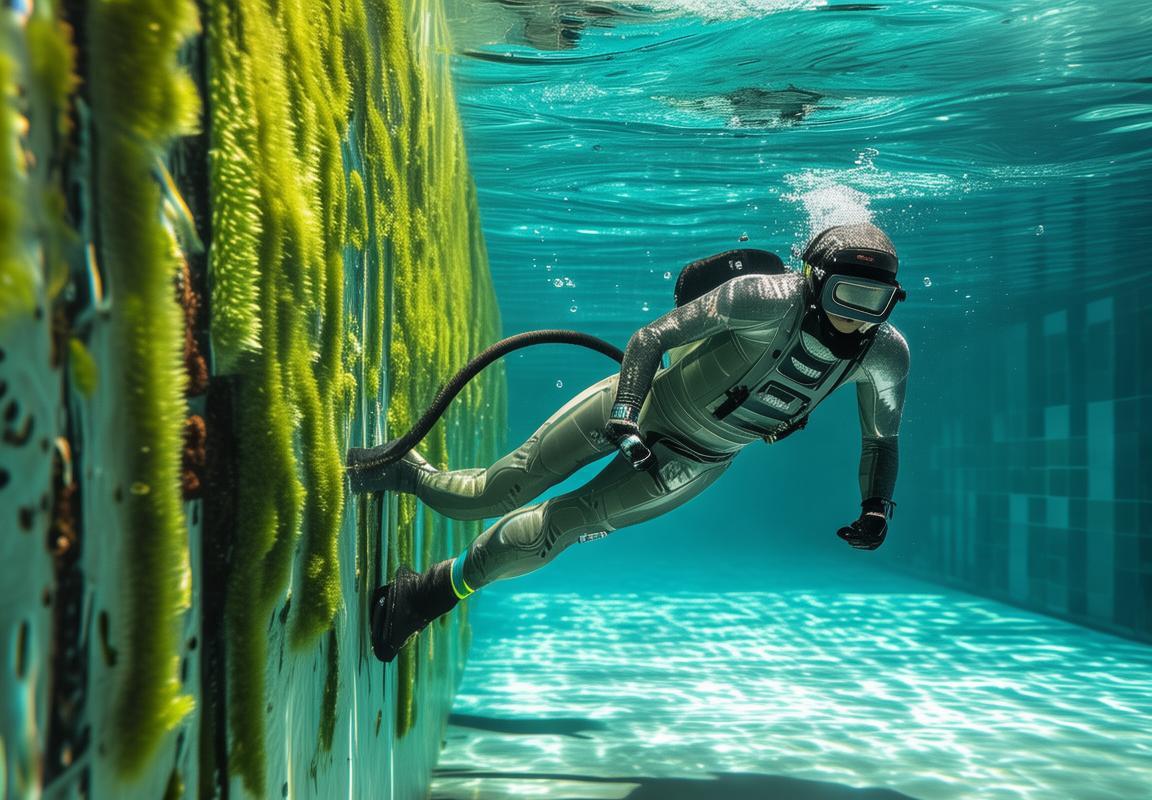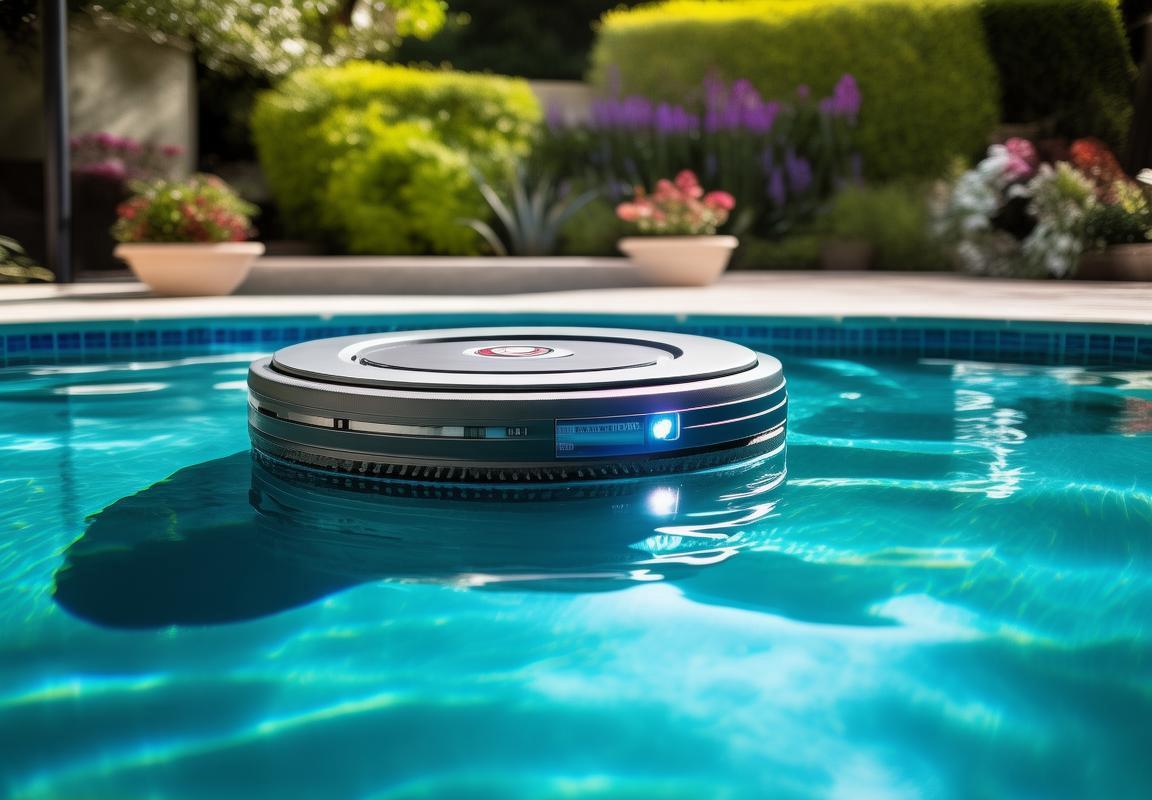Ultimate Guide to Swimming Pool Wall Cleaners: Fix Algae in Pool, Calcium Buildup & Pool Stains with Robotic Pool Cleaners or DIY Pool Cleaning Tips” “Pool Walls Looking Gross? How to Choose the Best Swimming Pool Wall Cleaner for Algae, Calcium Buildup & Waterline Scum” “The Pool Cleaner Showdown: Robotic Pool Cleaner vs. DIY Pool Cleaning for Algae in Pool, Calcium Buildup & Pool Stains” “Stop Chlorine Ineffectiveness! How Swimming Pool Wall Cleaners Tackle Algae in Pool, Calcium Buildup & Waterline Scum” “Pool Maintenance 101: Fix Dirty Pool Walls with the Right Swimming Pool Wall Cleaner for Algae, Calcium Buildup & Stains” “From Green to Clean: How a Swimming Pool Wall Cleaner Eradicates Algae in Pool, Calcium Buildup & Waterline Scum” “Robotic Pool Cleaner or DIY? The Best Ways to Remove Algae in Pool, Calcium Buildup & Pool Stains from Your Pool Walls” “Pool Walls Covered in Gunk? How Swimming Pool Wall Cleaners Solve Algae, Calcium Buildup & Chlorine Effectiveness Issues” “Say Goodbye to Waterline Scum: How the Pool Cleaner (Robotic or Manual) Fixes Algae in Pool & Calcium Buildup” “Pool Maintenance Made Easy: How Swimming Pool Wall Cleaners Combat Algae, Calcium Buildup & Pool Stains for Sparkling Results
Your pool walls can turn into a science experiment gone wrong due to algae in pool, calcium buildup, and pool stains. Green, black, or mustard algae thrive in warm, stagnant water, while calcium buildup leaves chalky white crusts on Pool walls. Metal stains from rusty pipes or cheap chemicals add ugly streaks. Chlorine effectiveness is limited—it kills bacteria but won’t erase algae or scale. Waterline scum, a greasy mix of sunscreen and body oils, clings like a bathtub ring. To fight back, use a swimming pool wall cleaner—either a robotic pool cleaner (for hands-off cleaning) or a manual brush for stubborn spots. For DIY pool cleaning, vinegar dissolves algae, citric acid tackles scale, and vitamin C tablets fade metal stains. Regular pool maintenance, like weekly brushing and balanced chemicals, prevents disasters. Avoid scams when buying the pool cleaner—check brush types (nylon for vinyl, steel for concrete) and ignore “miracle” claims. If DIY fails, call a pro for persistent algae in pool or calcium buildup. Stay ahead, or your pool will become a petri dish.



